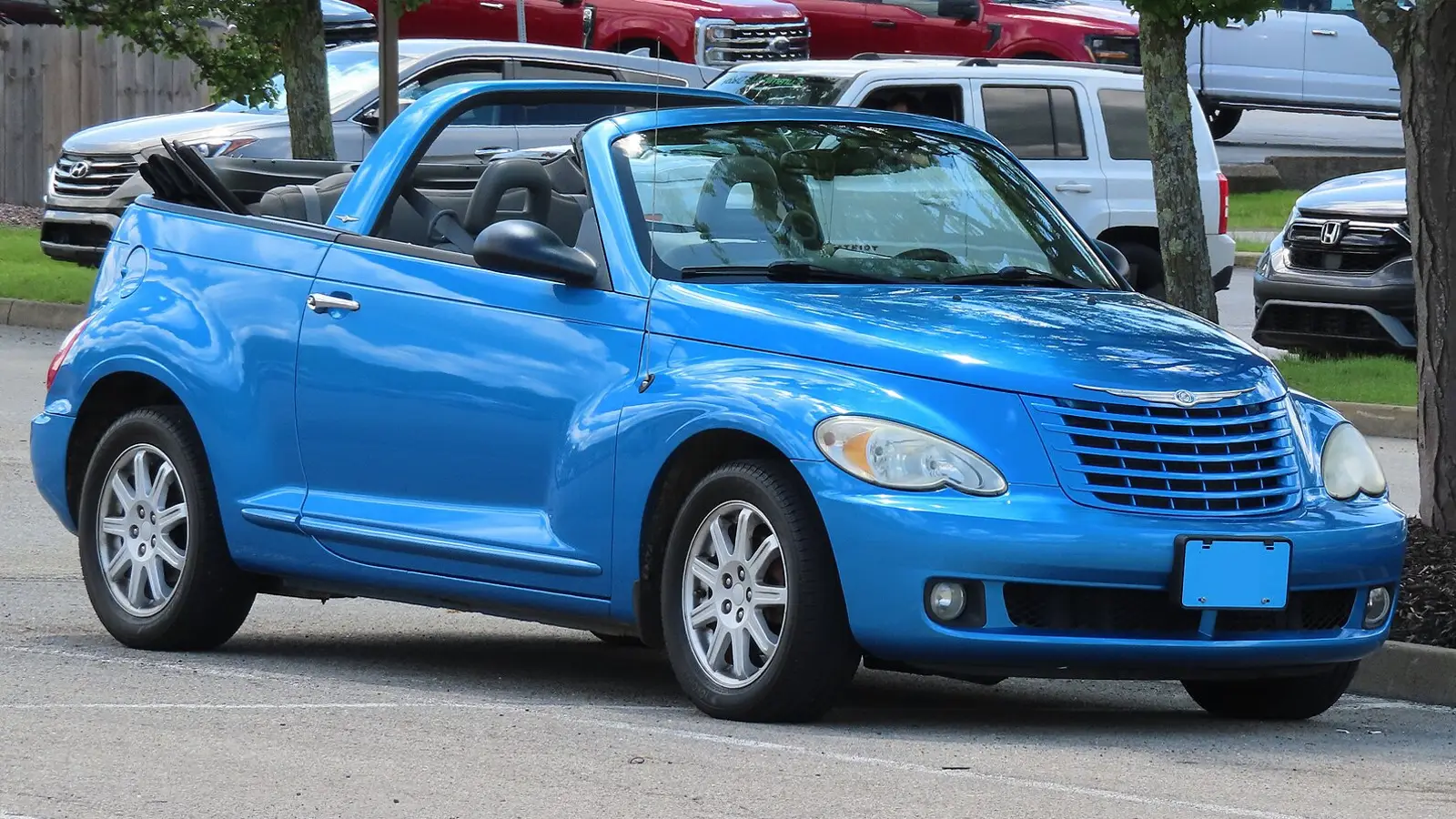News
Top 5 Ugliest Cars in History: When Design Sparks Controversy

Discover the top 5 ugliest cars in history, including the Pontiac Aztek and Fiat Multipla. Learn why their designs were criticized and how some gained cult status. Read more now!
In the world of automotive design, there's an unspoken rule: beauty is subjective. However, some models evoke such mixed emotions that their appearance becomes the subject of jokes and criticism. But what exactly makes a car "ugly" in the eyes of the public? And why do some of these so-called ugly cars eventually achieve cult status? Let’s explore five vehicles that frequently appear in rankings of the ugliest cars in history.
1. Pontiac Aztek (2001–2005) — An Icon of Contradictions

The Pontiac Aztek is a vehicle that has become a true legend in the world of design missteps. This mid-size crossover was intended to win over buyers with its practical interior and spaciousness. However, its aggressive front end and boxy wheel arches caused widespread confusion. In 2008, a survey by the British publication The Daily Telegraph ranked the Aztek as the ugliest car of all time. Ironically, the vehicle has since achieved cult status, especially after its appearance in the popular TV series Breaking Bad.
2. Fiat Multipla (1998–2004) — Functionality at the Expense of Aesthetics

Second on the list is the Italian Fiat Multipla, a compact MPV with an unusual three-seat front bench and a distinctive bulging windshield. Despite its practicality and spacious interior, the car’s appearance received mixed reviews. Its "double-decker" front end and protruding headlights were considered too bold for the time. Nevertheless, the Multipla earned praise for its innovative design and suitability for family trips, proving that looks aren't everything.
3. AMC Pacer (1975–1980) — A Fishbowl on Wheels

The AMC Pacer is an example of how a desire for originality can backfire. Designers aimed to create a compact car with a roomy interior and large glass surfaces. However, the car’s proportions were so unusual that it was often compared to a "fishbowl." Despite the negative feedback on its appearance, the Pacer was praised for its maneuverability and handling. Nevertheless, its quirky looks played a significant role in its limited success on the market.
4. Nissan S-Cargo (1989–1991) — Retro Design That Missed the Mark

Inspired by the classic Citroën 2CV, the Japanese Nissan S-Cargo mini-van was designed as a practical and stylish solution for small businesses. However, its retro design, with rounded shapes and compact dimensions, was deemed too odd by many. As a result, the vehicle landed on numerous "ugliest cars" lists, although it did find a niche among collectors and enthusiasts of unconventional cars.
5. Chrysler PT Cruiser Convertible (2005–2008) — A Convertible with a Mixed Reputation

The PT Cruiser convertible was one of the most talked-about models of the early 2000s. Designers aimed to blend retro aesthetics with modern functionality. However, the result was divisive: with the top down, the car looked awkward, and with the top up, it resembled a hearse. Despite the criticism, the model found a degree of popularity thanks to its unique look and affordable price.
When Ugly Becomes Iconic
Interestingly, some cars that were considered ugly at the time of their release later gain a devoted fan base. Their unconventional appearance becomes part of automotive history, and collectors are willing to pay top dollar for these models. Perhaps, in the future, perceptions of these designs will shift, and they will be regarded not as failures, but as masterpieces of the industry.
2025, Feb 25 20:50


